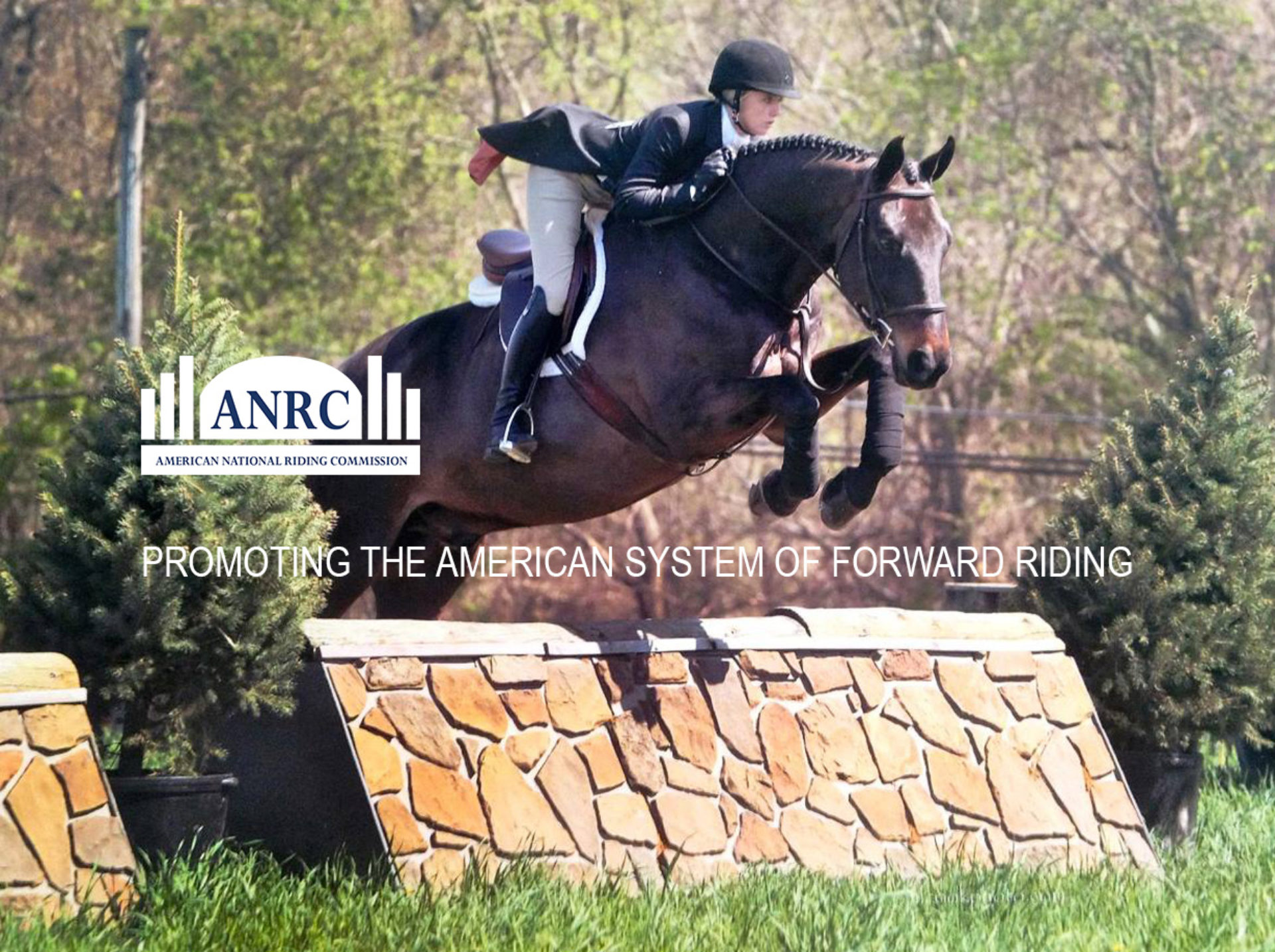1. What are the aids for a downward transition at the elementary level? What are the aids for an upward transition at that level?
2. What is the purpose of two-point position? How is it important for both horse and rider?
3. What is the speed in miles per hour of the three ordinary gaits? What is the speed of a hunting pace? Draw the mechanics of the three ordinary gaits and the gallop.
4. The system of forward riding is based on the ideal of having the horse perform under the rider in as close to his natural balance as possible. Describe and define the balance of a horse at rest and in motion.
5. Why might a rider choose to alter the length of his/her stirrups for different types of riding? What advantage would such changes give the rider?
6. Define stabilization and explain why it is a quality we look for and score in the horse at every testing level.
7. The riders “natural” aids can be used in many different ways as a rider progresses in aptitude and the horse progresses in understanding. At the lowest level, for the beginning rider or the green horse, these aids are used with certain techniques that are important for both horse and rider. What are the rider’s natural aids? What are the techniques for the use of the aids at the elementary level?
8. List the seven qualities a rider needs in order to develop a good working position. Give one exercise for the development of each of these qualities and explain how you think it works to aid in achieving the quality.
9. What are the aims of intermediate control and what techniques does a rider use to communicate with the horse in order to achieve them?
10. What are the approximate distances for the following cavelletti and gymnastics?
a. trotting cavalletti
b. distance from take off rail to 2′ trotting fence
c. series of bounces, trotting in
d. one stride to a one stride, trotting in
11. Name three artificial aids a rider might commonly use on a hunter. Which of the natural aids is each intended to compliment or reinforce?
12. What are the aids to pick up a left lead counter canter? What constitutes a good performance of the departure and the counter canter?
13. Briefly define five of the following terms:
a. Balancing gesture
b. Contact
c. Connection
d. Impulse
e. On the line
f. Engagement
g. Disengagement
h. Pace
